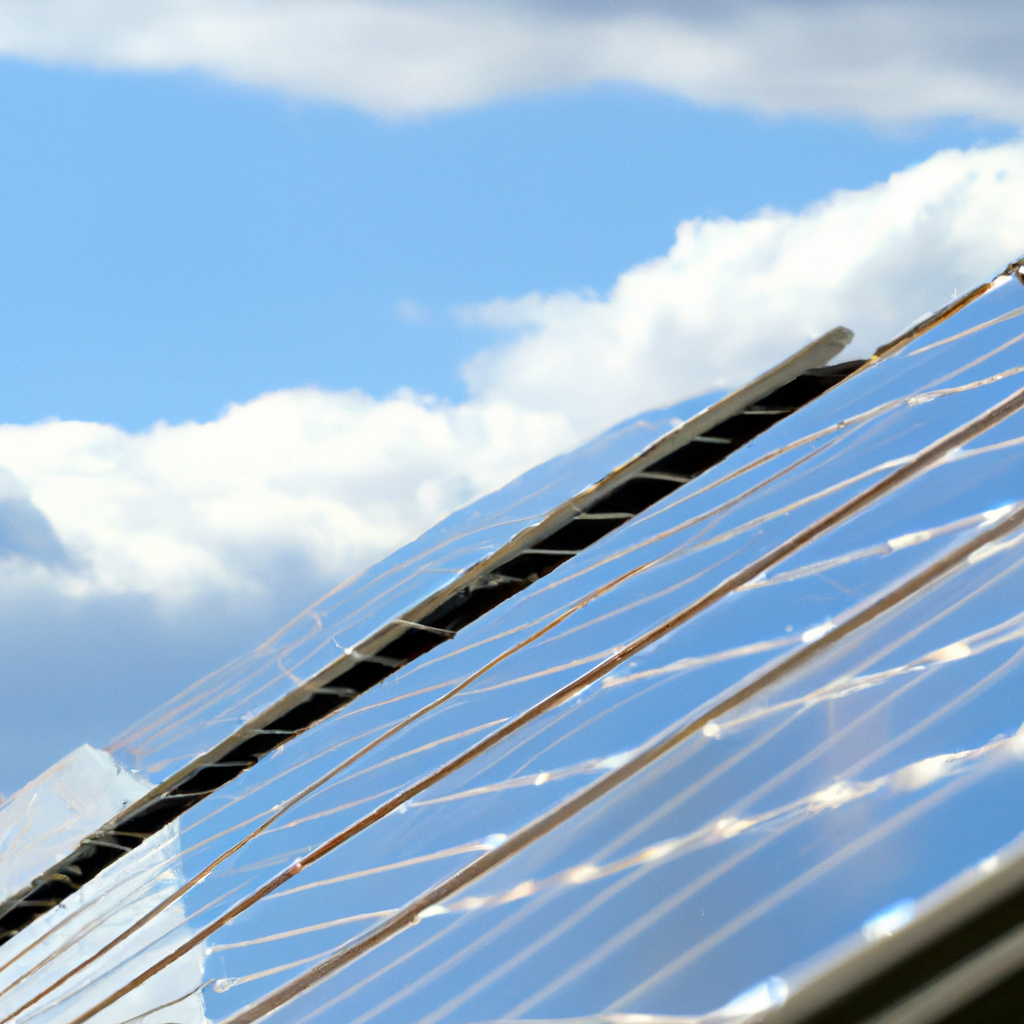
“`html
Summary: A recent study highlights that while rooftop solar panels help generate clean energy, they can inadvertently raise daytime temperatures in cities, presenting a complex challenge for urban planners.
Rooftop Solar Panels: More Than Just Clean Energy?
Widespread adoption of photovoltaic solar panels on rooftops has often been seen as a major step forward in combating climate change and promoting renewable energy. But new research reveals a twist: these solar panels, while they do promote clean energy, can also impact urban climates in unexpected ways. Led by Dr. Ansar Khan from the University of Calcutta, with insights from UNSW Sydney’s Scientia Professor Mattheos Santamouris, the study dives into the climate effects of solar panels through detailed simulations.
The Temperature Game
To unpack how fully-covered rooftops with solar panels might affect local temperatures, researchers employed mesoscale simulations—a modeling technique designed to simulate weather systems. This was necessary since there isn’t a ton of reliable observational data on how rooftop solar interacts with urban settings. The study zeroed in on a scenario where every rooftop in a city is outfitted with solar panels, starting with Kolkata, India.
The team found some surprising results. If all rooftops in a city were equipped with conventional solar panels, peak summer daytime temperatures could spike by as much as 1.5°C. The reason? While solar panels are meant to absorb sunlight to generate electricity, they also produce heat. This happens in part because they have a lower albedo, meaning they reflect less sunlight than roofs made from other materials. The findings highlight that while solar panels are crucial for reducing dependence on fossil fuels, their extensive installation could actually lead to higher urban temperatures during peak daytime hours.
What’s interesting, though, is that these same panels might have a cooling effect at night. When the sun sets, the heat stored in the panels can radiate away, causing surrounding air temperatures to drop by up to 0.6°C. This duality—raising daytime temperatures and lowering them at night—poses a unique challenge for urban planners and policymakers.
Implications for Urban Planning
As an article from UNSW Sydney explains, understanding these temperature changes is essential for decision-makers considering the adoption of solar panels across urban areas. The increased heat during the day could diminish some of the benefits provided by the generated renewable energy, but that nighttime cooling might help tackle issues tied to urban heat islands, especially in cities anticipating more intense summer nights due to climate change.
To confirm their findings, the researchers did sensitivity tests in three other cities: Sydney, Austin in the U.S., Athens in Greece, and Brussels in Belgium. They observed a consistent trend; more rooftops covered with solar panels correlated with higher daytime temperatures. Santamouris pointed out, “We found there’s a linear association between the temperature increase and the percentage of rooftops covered with PVs.”
In Sydney, they estimated that up to 40% of the electricity generated might just go toward offsetting the heat generated by air conditioning. “When RPVSPs are installed, they absorb a significant amount of sunlight, converting some to electricity but also creating heat,” he noted, making a strong case for rethinking large-scale solar panel installations.
The gist of the study isn’t that solar panels are a bad idea; in fact, they’re crucial for sustainable development and energy transition. But the findings suggest that blending different approaches could maximize benefits while minimizing downsides. For instance, using reflective materials or water-cooling systems behind panels might help reduce surface temperatures. Professor Santamouris advocates for hybrid systems that could utilize extra heat for hot water production, merging energy efficiency with cooler operating conditions.
Additionally, adding green roofs or reflective materials could boost solar panel performance while lowering urban temperatures. This combination of greenery and solar tech might improve efficiency by 6-7%. Santamouris suggests that if we plan to keep installing solar panels on rooftops, we need to consider these integrated solutions to enhance their efficiency and tackle urban heat challenges effectively.
This study encourages a rethinking of urban planning regarding solar energy deployment. By focusing on synergistic approaches, we could build smarter, more sustainable cities that balance human comfort with environmental responsibility.
As urban areas ramp up their sustainability goals, grasping the intricate dynamics between new technologies and existing climates becomes critical. This research sheds light on both the benefits and potential pitfalls of adopting rooftop solar panels, paving the way for future innovations that harmonize energy generation with urban ecosystems.
“`

